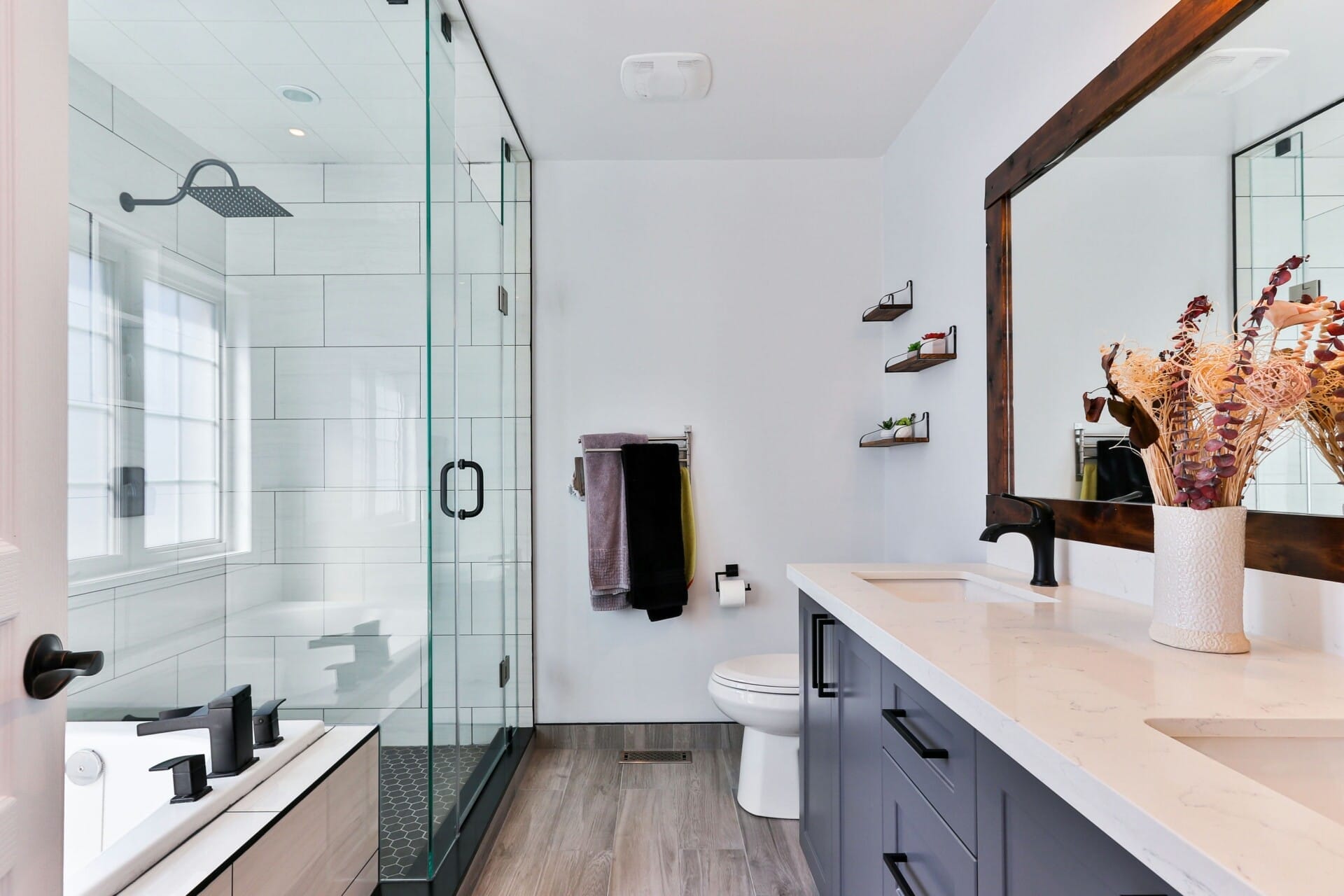When you think about what keeps your home standing tall through monsoon rains or the sweltering sun, concrete probably isn’t the first thing that pops into your mind. But this humble building material does more than just form the foundation under your feet — it’s like the unsung hero of your home! Whether your abode is a sleek modern condo in Kuala Lumpur or a cozy kampung house, concrete plays a massive role in ensuring your sanctuary stays strong and safe. In this article, we’re diving into the world of concrete to uncover five surprising facts that demonstrate just how essential it is for keeping your home steady and secure. So, let’s get comfortable and explore the concrete jungle right at your doorstep!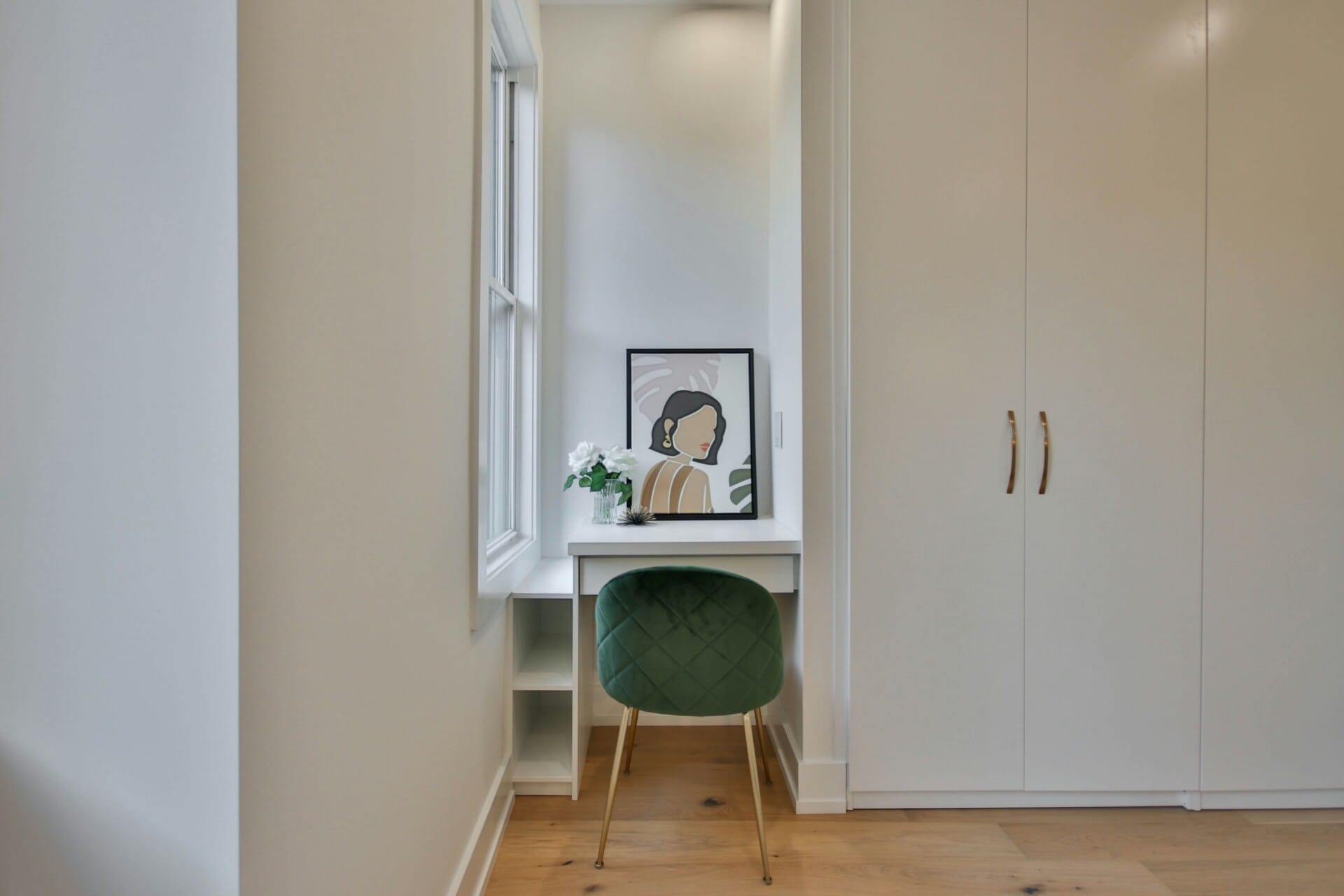
Understanding the Essential Role of Concrete in Home Construction
When it comes to building a sturdy home, concrete is the unsung hero that you might not think about every day. It’s not just about looking good; concrete offers a blend of strength, versatility, and durability that withstands the test of time. This sturdy material serves as a foundation for everything from walls to driveways. In Malaysia’s tropical climate, concrete plays a vital role in keeping homes cool and strong against weather extremes.
One of the remarkable attributes of concrete is its fire resistance. While many materials can catch fire or melt, concrete stands firm even in extreme heat. This characteristic not only contributes to the overall safety of your home but can also reduce insurance premiums. Moreover, modern concrete formulations can include thermal components, enhancing energy efficiency by keeping indoor temperatures stable without spiking up your electricity bills!
And here’s something you might not know: concrete is also eco-friendly! By incorporating recycled materials into the mix and utilizing local sources, the carbon footprint of concrete can be significantly reduced. Plus, many contemporary homes use concrete in innovative designs that allow for better air circulation, which can contribute to a healthier living environment. Now that you appreciate how versatile concrete can be, here are some additional facts:
| Fact | Description |
|---|---|
| Long Lifespan | Concrete structures can last over 50 years with proper maintenance. |
| Low Maintenance | Requires minimal upkeep compared to other materials like wood or brick. |
| Thermal Mass | Helps regulate indoor temperatures, enhancing comfort. |
| Flexible Design | Can be molded into various shapes and textures, fueling creativity. |
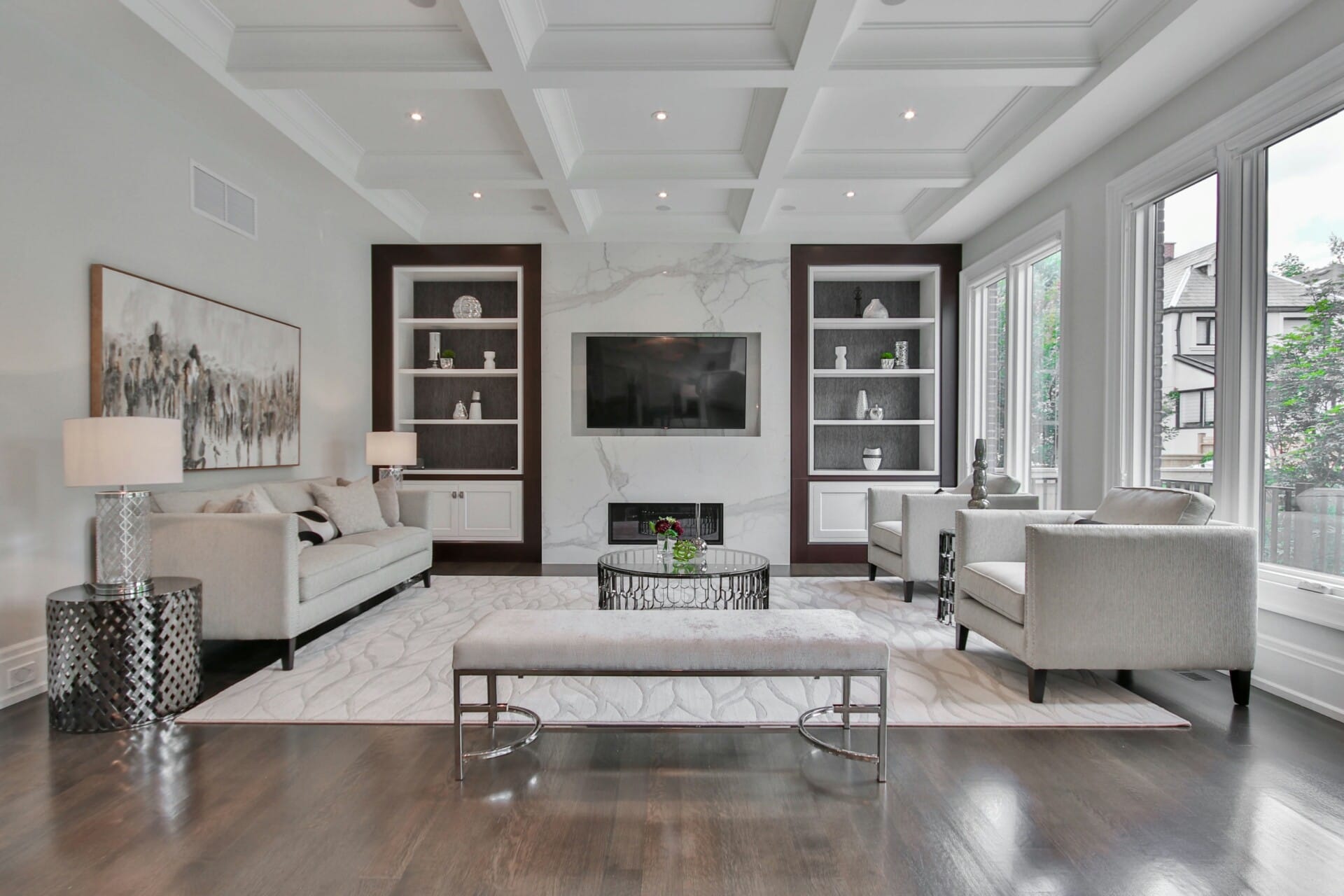
Exploring the Durability and Longevity of Concrete Materials
Concrete is renowned for its impressive durability, far surpassing many other building materials. When properly mixed and cured, it can withstand extreme weather conditions, making it perfect for Malaysia’s tropical climate. This robustness is achieved through a combination of factors, including the materials used and the construction techniques employed. The ability of concrete to resist moisture, heat, and wear over time assures homeowners that their properties can handle whatever nature throws their way.
Not only does concrete boast durability, but it also has a remarkable lifespan. A well-maintained concrete structure can last for decades, and in some cases, even over a century. This longevity ultimately results in lower maintenance costs for homeowners. Here are a few characteristics contributing to its impressive lifespan:
- Resistance to Rot and Pests: Unlike wood, concrete does not decay or attract termites.
- Minimal Cracking: With proper mixing and installation techniques, cracks can be minimized, ensuring structural integrity.
- Less Vulnerable to Temperature Fluctuations: Concrete expands and contracts less than many materials, reducing stress on the structure.
The strength of concrete is further amplified when combined with reinforcing materials, such as steel rebar or fibers. Together, they create a composite that enhances the overall stability and resilience of the construction. The following table illustrates the benefits of this combination:
| Reinforcement Material | Benefit |
|---|---|
| Steel Rebar | Increases tensile strength, allowing for better load distribution. |
| Synthetic Fibers | Enhances crack resistance and durability, especially in thin slabs. |
Furthermore, sustainable practices in concrete production, such as using recycled materials, contribute to its appeal. This environmentally friendly approach not only helps in reducing waste but also ensures that homes built with concrete can stand the test of time, benefiting both homeowners and the planet. With all these factors in play, it’s no wonder that concrete remains a popular choice for sturdy and resilient structures in Malaysia.
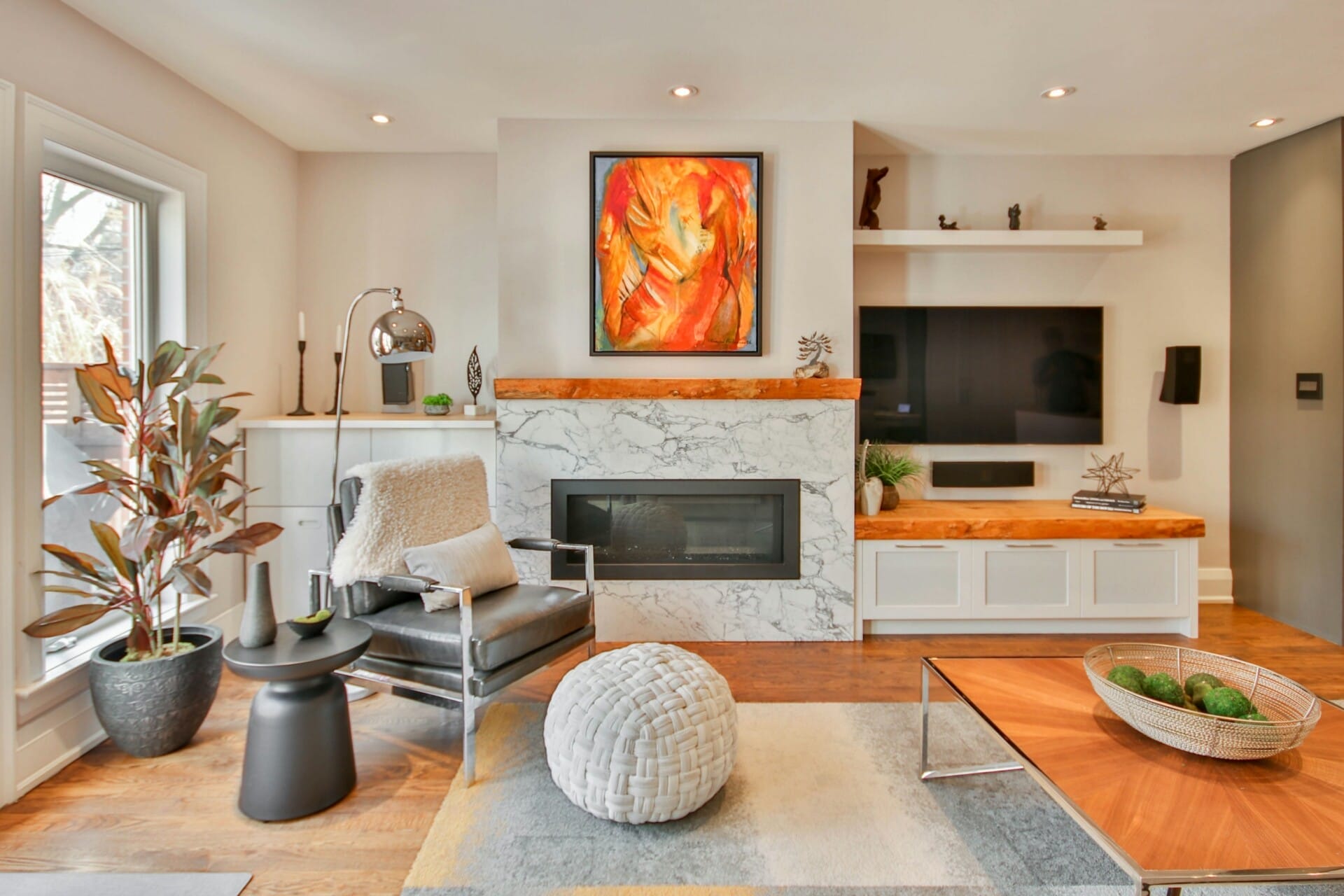
How Concrete Adapts to Various Weather Conditions
Concrete is an incredibly versatile material, adapting seamlessly to various weather conditions, ensuring durability and longevity in your home. When temperatures soar, concrete surfaces can expand, but they are designed with flexibility in mind, reducing the risk of cracking. Similarly, during the cooler months, concrete may contract. Its inherent capacity to handle these expansions and contractions is vital for maintaining structural integrity in fluctuating climates.
Moreover, the composition of concrete can be customized to enhance its performance against specific weather scenarios. Incorporating water-repellent additives can drastically reduce moisture absorption, minimizing the risk of freeze-thaw damage in colder regions. On the other hand, insulative materials can be mixed in to create a barrier against heat in hotter climates. This adaptability not only protects against the elements but also contributes to energy efficiency within the home.
To help you understand how concrete performs in different weather conditions, here’s a quick overview:
| Weather Condition | Concrete Behavior | Recommended Additives |
|---|---|---|
| High Temperatures | Expands and maintains shape | Cooling agents, reflective coatings |
| Cold Weather | Contracts but holds strong | Insulative materials, anti-freeze additives |
| Humidity | May absorb moisture | Water-repellent agents |
| Heavy Rain | Resists water damage | Waterproofing membranes |
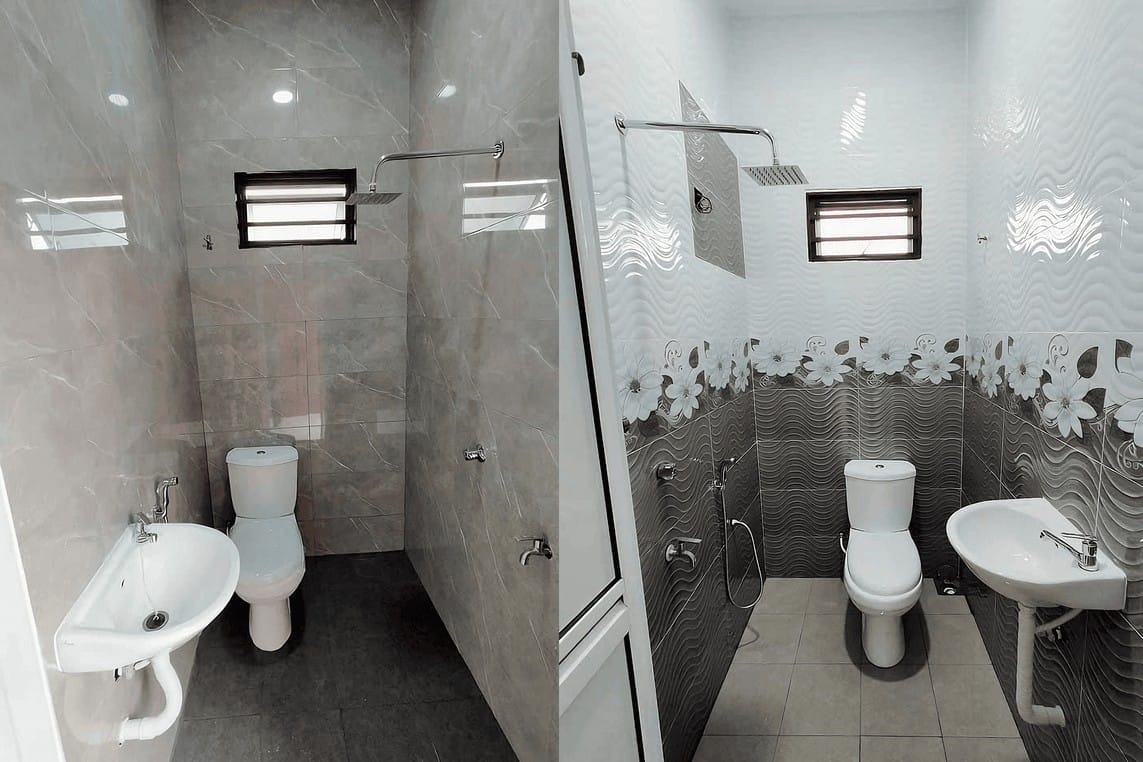
The Hidden Energy Efficiency Benefits of Concrete Homes
When it comes to energy efficiency, concrete homes often steal the spotlight with their unexpected advantages. First off, concrete has a superior thermal mass compared to traditional wooden structures. This means that during the day, your home absorbs heat, keeping it warmer; at night, it releases that warmth, reducing the need for additional heating. This natural temperature regulation can lead to significant savings on energy bills, especially in Malaysia’s warm climate.
Moreover, concrete homes are less susceptible to drafts and air leaks. The dense structure of concrete walls provides a tight seal against the elements, making your home more energy-efficient. This can greatly enhance your indoor comfort while also minimizing reliance on cooling systems. Benefits of reduced energy consumption include:
- Lower electricity bills
- Everyone’s favorite – saving a bit of cash!
- Reduced carbon footprint
Lastly, concrete is known for its durability and minimal upkeep, which contributes to long-term energy efficiency. Unlike traditional materials that may require more frequent replacements or repairs, concrete can withstand the test of time with proper maintenance. Here’s a quick look at how this durability translates into energy savings:
| Durability Factor | Energy Efficiency Benefit |
|---|---|
| Resistant to mold and pests | Lower energy use for air filtration |
| Less frequent repairs | Less resource consumption over time |
| Long lifespan | Reduced need for new materials |

Innovative Concrete Technologies Shaping Modern Construction
Concrete isn’t just a dull grey mass that holds up your walls; it’s the backbone of modern construction packed with groundbreaking advancements. One of the most exciting innovations is Self-Healing Concrete, which contains special bacteria that can produce limestone when exposed to water. This means cracks can seal themselves up! Imagine that—less maintenance and longer-lasting structures. Isn’t that a game-changer?
Another fascinating development is the rise of Recycled Concrete Aggregate (RCA). Instead of filling landfills with old concrete, builders are crushing it down to create new materials. This not only promotes sustainability but also uses less energy and reduces greenhouse gas emissions. Plus, it gives us stronger, more resilient structures that can handle the test of time. Who knew that repurposing waste could create such a solid outcome?
Last but not least, let’s talk about 3D-Printed Concrete. This technology is rapidly transforming how we think about design and construction. Imagine printing your dream home layer by layer! It allows for intricate designs and faster build times, plus it minimizes waste. It’s a perfect example of how technology is pushing the boundaries of what’s possible in our building environments.
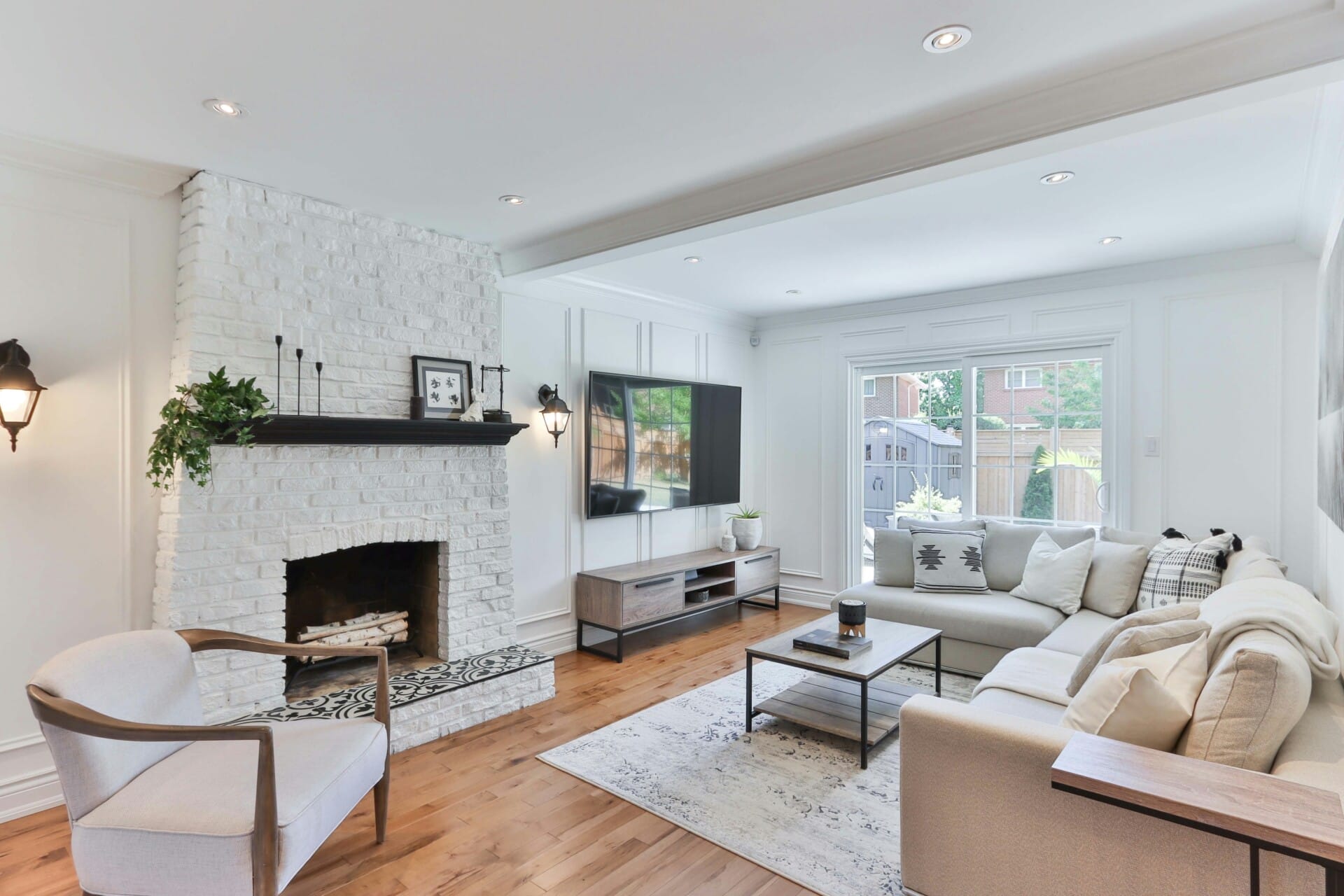
Best Practices for Maintaining Your Concrete Structures
Taking care of your concrete structures is key to ensuring they last long and look great. Regular maintenance can save you time and money in the long run, plus it keeps your home safe and sturdy. Here are some practical tips to keep in mind:
- Regular Cleaning: Always keep your concrete surfaces clean from dirt and debris. A simple wash with water and mild soap can do wonders. For tough stains, consider using a pressure washer!
- Sealing Concrete: Applying a quality sealant every few years helps protect against moisture and stains. It’s like giving your concrete a protective coat!
- Repair Cracks Promptly: Don’t ignore any cracks or chips. They can worsen over time. Filling them in quickly helps prevent bigger issues down the line.
Temperature and weather can also have a significant impact on concrete. In Malaysia, with its tropical climate, here are a few more things to keep an eye on:
| Weather Condition | Best Practice |
|---|---|
| High Humidity | Consider using a dehumidifier in areas prone to moisture. |
| Heavy Rain | Ensure proper drainage around concrete structures to prevent water pooling. |
| Extreme Heat | Apply a reflective coating to reduce heat absorption. |
Lastly, don’t forget to keep an eye on your landscape. Plant roots and overgrown vegetation can jeopardize your concrete’s integrity. Trim back any plants that are too close, and consider using barriers to direct roots away from your structures. This way, your concrete stays as strong as the day it was poured, allowing you to enjoy your home worry-free!

The Eco-Friendly Aspect of Concrete: Sustainability in Home Design
When we think of concrete, the typical image that springs to mind is often one of durability and strength. However, recent advancements have shed light on its impressive eco-friendly attributes. Concrete is actually one of the most sustainable building materials available today. It’s made primarily from natural resources such as limestone and clay, which are abundant. Moreover, the process of creating concrete is evolving, incorporating waste materials like fly ash or slag that would otherwise end up in landfills, effectively reducing carbon footprints.
Another stunning aspect lies in its energy efficiency. Concrete has fantastic thermal mass properties, meaning it’s capable of absorbing heat during the day and releasing it at night. This natural insulation helps maintain comfortable temperatures inside your home, reducing reliance on air conditioning or heating systems. It’s great for the energy bills too! Homeowners who embrace this can enjoy a substantial reduction in energy consumption, contributing not only to personal savings but also to a greener planet.
Additionally, the longevity of concrete cannot be overlooked. A well-designed concrete structure can last for decades or even centuries, minimizing the need for frequent repairs or replacements. In terms of resource conservation, this durability means fewer raw materials are needed over time. Here’s a simple table outlining the eco-friendly benefits of concrete:
| Benefit | Description |
|---|---|
| Resource Efficiency | Utilizes abundant natural materials and recycled waste products. |
| Energy Savings | Reduces heating/cooling costs with superior thermal regulation. |
| Longevity | Requires fewer repairs and replacements, saving resources in the long run. |
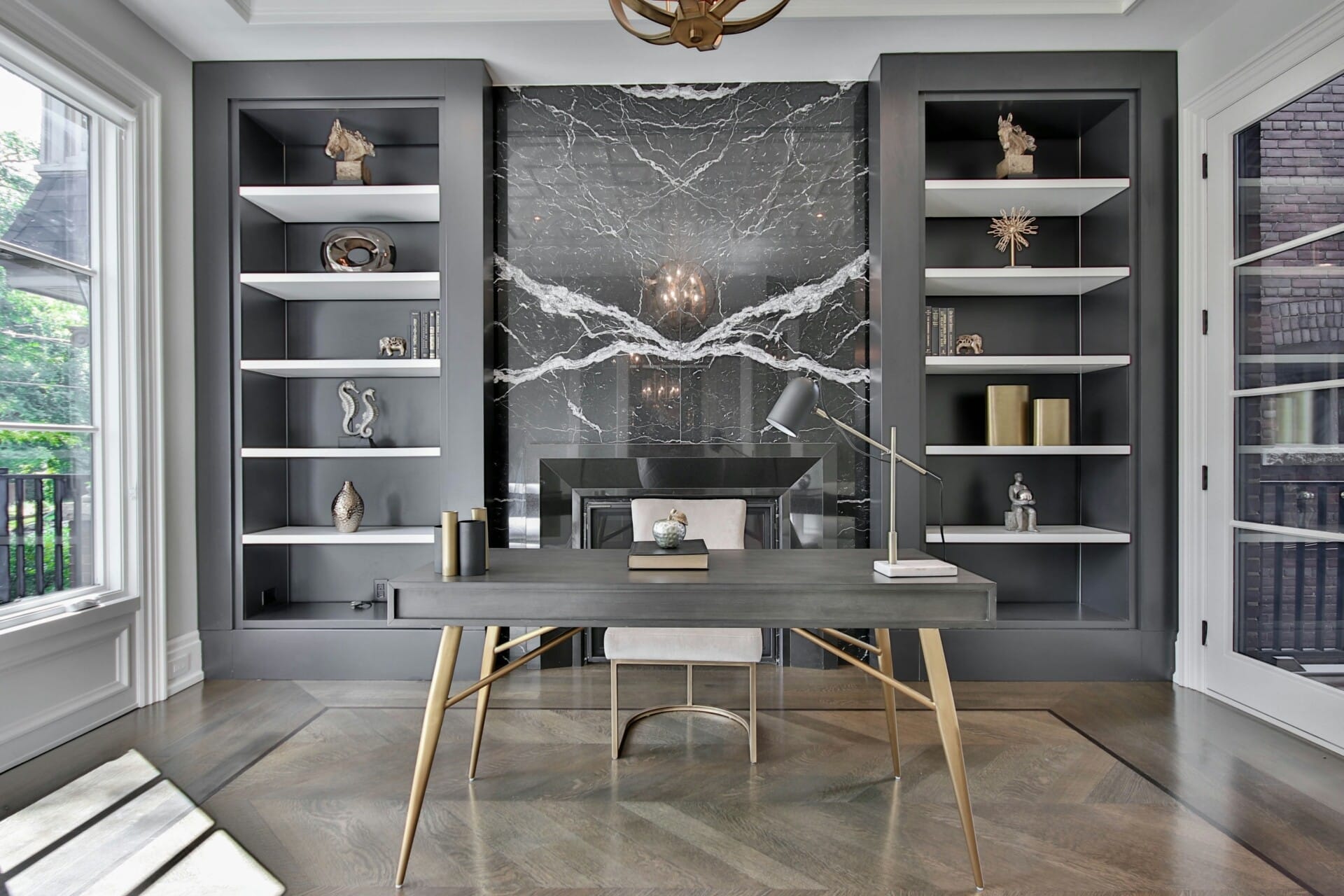
Concrete Myths Debunked: Facts Every Homeowner Should Know
Concrete is often viewed as a dull and rigid building material, but there’s more to it than meets the eye. In fact, this sturdy mixture is far from being just heavy and unyielding. Many homeowners might not realize that concrete can actually adapt to its environment in unexpected ways. Its thermal mass helps regulate indoor temperatures, keeping homes cooler in the hot Malaysian climate while maintaining warmth during cooler months. This energy efficiency translates into lower electricity bills, which is something every homeowner can appreciate!
Another common myth suggests that concrete is prone to cracking and is generally unreliable. However, advanced concrete mixtures, tailored specifically for Malaysia’s humidity and temperature variations, have changed the game. Modern concrete can withstand significant stress without compromising structural integrity. Innovations such as using lightweight aggregates and polymer admixtures greatly enhance its durability. This means that homeowners can trust concrete to stand strong against the elements for decades.
Furthermore, concrete isn’t just about function—it’s about aesthetic versatility too. Many might think of concrete as purely utilitarian, but it can be finished in various ways to complement your home’s design. From polished surfaces to stamped patterns, concrete provides a blank canvas for creative expression. It can even mimic the look of natural stone or wood! Homeowners can achieve their desired style without sacrificing the durability they need.
Concluding Remarks
So there you have it! Concrete might not be the first thing that comes to mind when you think about what keeps your home standing strong, but it sure packs a punch. From its durability in Malaysia’s tropical climate to its impressive ability to resist pests, concrete truly is a superhero in the world of construction.
Who knew that the stuff holding up your walls had such a fascinating backstory? Next time you walk past a concrete structure, take a moment to appreciate all the hard work and science that went into making it so reliable. Whether you’re building a new home or just curious about the materials around you, now you’ve got some neat facts to share with friends and family!
So go ahead, spread the word, and give a nod to concrete – the unsung hero of our homes. Happy building!